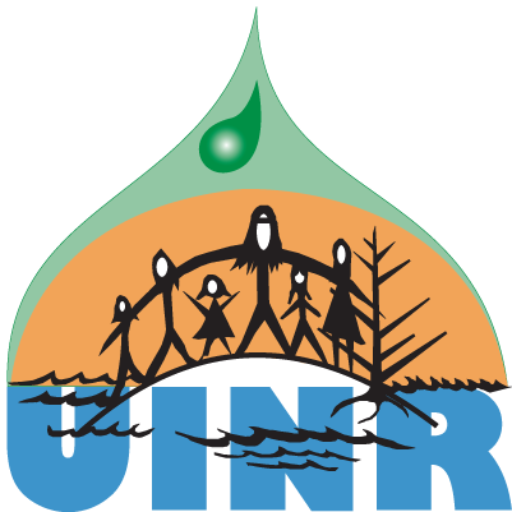Request for Proposal
Advancing Sovereignty Using
Geographic Information Systems (GIS)
INTENT
The Assembly of Nova Scotia Mi’kmaw Chiefs in collaboration with Nova Scotia initiated an Indigenous Protected and Conserved Areas Program in 2019. UINR implements the program in Unama’ki and as part of the program, hired an IPCA GIS technician in 2021. A comprehensive information management system plan is needed to guide the long-term collection, storage, and protection of data.
The Canada–Nova Scotia Nature Agreement was signed in 2023 and sets out target outcomes in six key areas:
- Increase the amount of protected and conserved areas in the province by 82,500 ha,by March 2026, which will result in protection for close to 15% of the province’s landmass;
- Creating a pathway to the provincial goal of 20% by 2030, and the federal goal of 30%
- Supporting the Mi’kmaq of Nova Scotia in conservation leadership and care of nature;
- Species at Risk protection and recovery;
- Foundational knowledge and information sharing; and
- Support Canada’s domestic and international biodiversity commitments includingthrough the implementation of the GBF.
Both governments are committed to working collaboratively with the Mi’kmaq of Nova Scotia to implement the Agreement in a way that recognizes the unique rights and relationship the Mi’kmaq have to the land. Development of a GIS framework or plan was approved as part of UINR’s Nature Plan Agreement.
SCOPE OF WORK
Objectives:
- Conduct a search of academic, grey, and online resources that provide examples ofIndigenous Nations and organizations use of GIS to strengthen decision-making,preserving and mobilizing knowledge, revitalizing culture and language, andproviding employment opportunities.
- Conduct interviews with 7 UINR staff (Directors, Managers, and technicians) toidentify key issues, concerns, data needs, and analysis for terrestrial, marine, andspiritual ecosystems in Unama’ki.
- Develop a GIS Plan using outcomes from the Indigenous GIS search and UINR staffinterviews and include components such as:
-
- Data sovereignty and empowerment
- First Nations Principles of OCAP and beyond
- An Etuaptmumk approach to GIS (western science and Mi’kmaw knowledge)
- Data sources and reclamation
- Data collection, management, storage, and sharing protocols
- GIS needs assessment including recommended hardware and software
- Training and Capacity building
- Barriers and Considerations when lack of resources
- Organization GIS policies
Deliverables, timing and all details are available by downloading the full RFP at: RFP Nature Plan GIS ToR UINR
Deadline for submission is July 1, 2025.
Electronic proposals must be emailed as an attachment in Microsoft Word or as a PDF to Lisa Young, Executive Director, UINR at lisa@uinr.ca.
